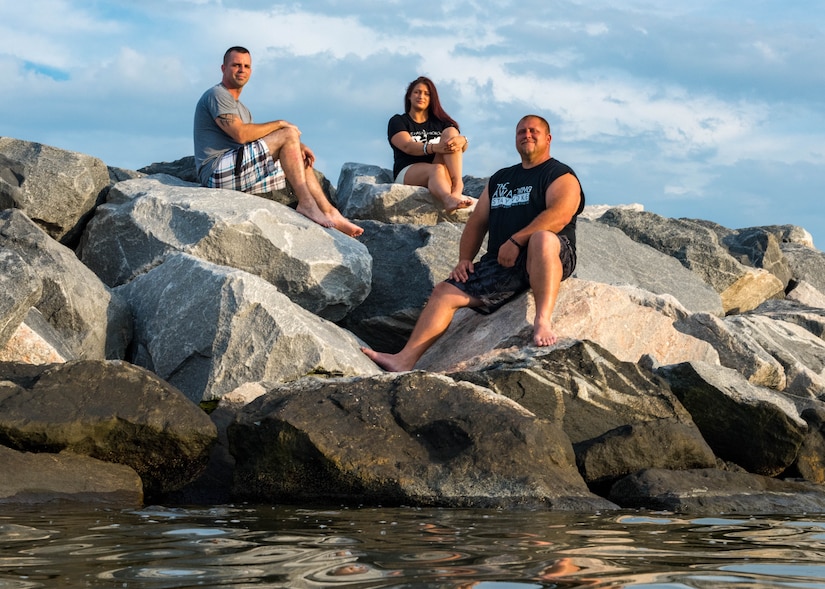By Navy Petty Officer 1st Class Joseph Rullo, Camp Lemonnier
CAMP LEMONNIER, Djibouti -- The Sailor 360 program is
scheduled to be rolled out Navywide in October, and the initiative marks the
first significant change since 2011 on how the service trains its enlisted
leaders.
Navy Chief Petty Officer Irene Aguilar, the leading chief
petty officer for the CPO 365 program here, said there are unique challenges,
including scheduling, to incorporating the new training into deployments.
Because of the high tempo of the operational mission and frequent personnel
turnover, it could take longer here than elsewhere to fully implement the
program.
“We are in a forward-deployed environment, so it’s not like
we’re back home and can plan to have training on a set day,” Aguilar said. “We
are here to complete a mission; everyone is very busy.”
Seven Elements
Sailor 360 applies seven leadership elements: alignment,
habits, training, education, opportunity, feedback and self-awareness.
Aguilar said the aim of Sailor 360 is to introduce these leadership
elements to sailors below the rank of petty officer first class -- something
that was not part of the previous leadership model.
“We tend to focus leadership at a senior level,” she said.
“The junior enlisted people are the foundation of the Navy and our future
chiefs.”
Navy Secretary Richard V. Spencer addressed the Sailor 360
program’s integrated leadership style in “Laying the Keel -- Developing the
Backbone of Our Navy.”
“A professional, formal leadership development curriculum
reinforced by innovative, meaningful command-developed training such as Sailor
360 [is] how command leaders will grow competence and improve character while
instilling integrity, accountability, initiative and toughness in every
sailor,” he wrote.
Because Sailor 360 is command developed, leaders have the
flexibility to tailor existing source material to best fit their observed
needs.
A majority of sailors deployed to Camp Lemonnier are members
of the Navy Reserve. Before deploying, many reserve sailors are introduced to
leadership training through CPO 365 at their Navy operational support centers.
Aguilar said if reserve centers emphasize the importance of
this training, it will help lay the foundation for the continuation of training
for those stationed here.
Comprehensive Training Approach
Camp Lemonnier’s Command Master Chief, Jon H. Morton, said
that with the rollout of Sailor 360, he anticipates a more comprehensive
approach to leadership training at the lower enlisted levels. The type of
training Sailor 360 offers is the most effective way to develop long-lasting
leadership skills, he added.
“Sailor 360’s experiential learning curriculum will be
better for junior sailors,” Morton said. “The top-down approach of a
lecture-based training just doesn’t have the same impact. I’m looking forward
to this change.”
Camp Lemonnier’s mission includes enabling joint warfighters
operating forward and reinforcing the U.S.-Djibouti relationship by providing
exceptional services and facilities for tenant commands, transient U.S. assets
and service members.










